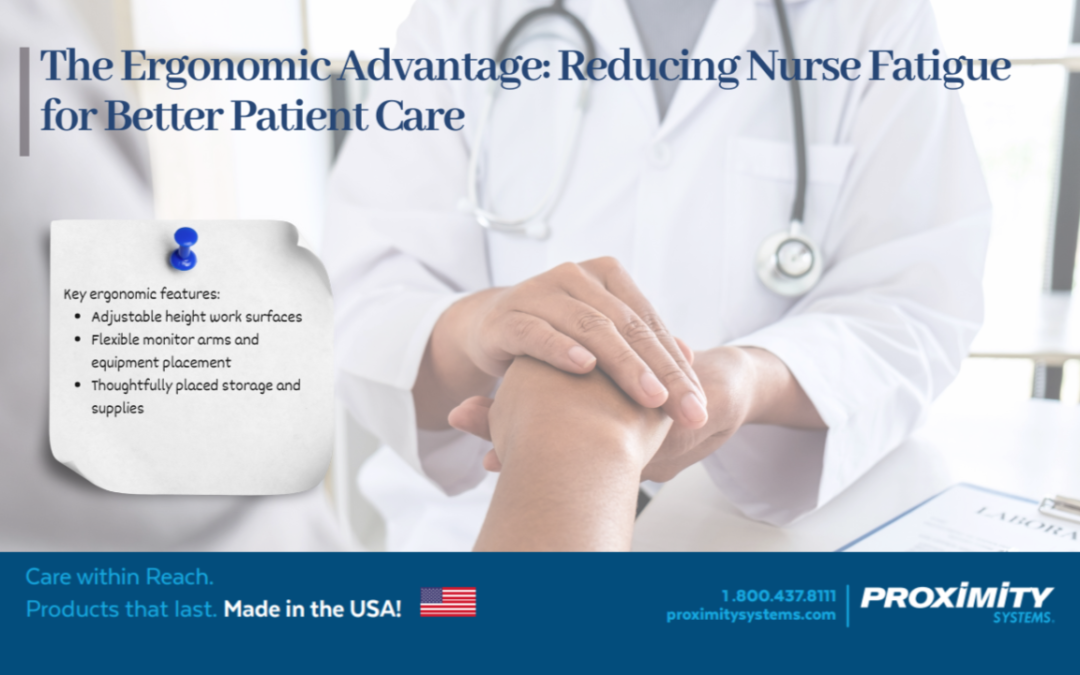In the demanding and fast-paced world of healthcare, nurses are at the front lines of patient care. However, the physical and mental demands of nursing often result in fatigue and burnout—issues that are not only detrimental to nurses themselves but also have a direct impact on the quality-of-care patients receive.
Understanding Nurse Fatigue in Healthcare Environments
Nurse fatigue is a multifaceted problem that arises from prolonged physical exertion, repetitive tasks, and the high-stress nature of healthcare work. Extended shifts, especially those exceeding 12 hours, can lead to cumulative physical strain and cognitive overload. Over time, this contributes to musculoskeletal discomfort, diminished focus, and an increased risk of errors in clinical practice.
Moreover, nurse fatigue is strongly correlated with reduced job satisfaction and higher turnover rates, further compounding workforce challenges in healthcare systems. This cycle of fatigue, burnout, and staff shortages underscores the urgent need for effective solutions to support caregiver well-being.
The Ergonomic Solution: Designing for Comfort and Efficiency
Ergonomic workstation design has emerged as a key intervention to address these challenges. Ergonomics focuses on creating environments that align with the natural movements and postures of the human body, thereby reducing physical strain and promoting comfort. In healthcare settings, this translates to workstations that are adaptable, intuitive, and supportive of caregivers’ daily tasks.
Key ergonomic features in workstations include:
- Adjustable height work surfaces that allow staff to alternate between sitting and standing, reducing static postures and promoting circulation.
- Flexible monitor arms and equipment placement to prevent awkward neck and shoulder positions, minimizing strain on the upper body.
- Thoughtfully placed storage and supplies that reduce unnecessary bending, reaching, and twisting—common contributors to musculoskeletal injuries.
These ergonomic principles are integrated into the design philosophy at Proximity Systems. Our workstations are developed to seamlessly support caregivers’ movements throughout their shifts, providing a workspace that adapts to their needs rather than forcing them into uncomfortable positions.
Impacts Beyond Staff Health: Better Care for Patients
While the immediate benefits of ergonomic design include reduced discomfort and fatigue for nursing staff, the positive ripple effects extend to patient care as well. Research has shown that nurses who experience less physical strain are better able to maintain focus, respond to patient needs promptly, and deliver care with greater precision and empathy.
Reducing nurse fatigue also translates to measurable improvements in patient outcomes. Fewer medication errors, enhanced clinical decision-making, and higher patient satisfaction scores have all been linked to supportive work environments that prioritize ergonomic considerations. By fostering caregiver well-being, healthcare facilities can create a more consistent and reliable standard of care for patients.
A Sustainable Investment in Healthcare Excellence
Investing in ergonomic workstations is more than a matter of staff comfort—it’s a strategic decision that supports long-term sustainability and performance within healthcare organizations. Improved staff satisfaction and retention help mitigate the costs associated with turnover and training, while better patient outcomes enhance a facility’s reputation and operational efficiency.
At Proximity Systems, we are dedicated to developing ergonomic solutions that empower healthcare providers to perform at their best. By integrating research-based ergonomic principles into our workstation designs, we aim to create environments that not only support staff physically but also promote the highest standard of care for every patient.
Looking Ahead
As healthcare facilities continue to navigate complex challenges—from staffing shortages to evolving care standards—ergonomic workstation design will remain a cornerstone of effective, patient-centered care. By prioritizing caregiver well-being through thoughtful product design, we can build more resilient healthcare systems that deliver safe, compassionate care to all.
